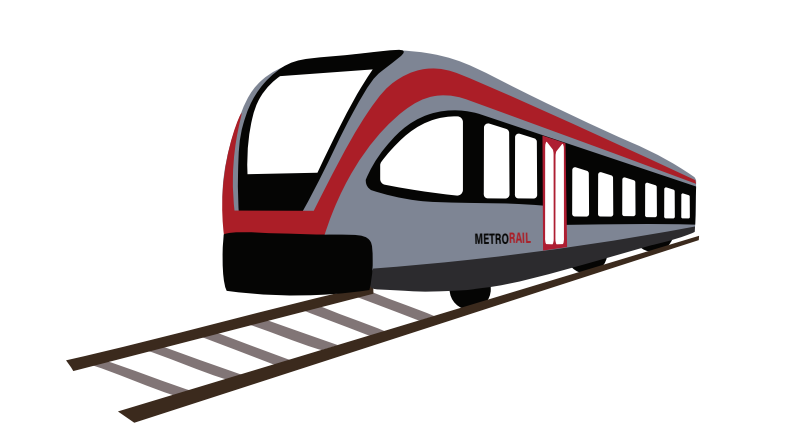Austin’s New Light Rail
May 15, 2023
In Nov. 2020, Austin voters approved Proposition A, funding Project Connect. Project Connect is a 7.1 billion dollar budget to add two light rail lines and three rapid bus routes to Austin, according to Community Impact.
The planning process has taken time and project leaders are faced with key decisions regarding the scope of the project. For example, the city of Austin had to reduce the number of lines being built due to concerns with the COVID-19 pandemic and rising construction costs. Also, the city is still deciding on the designs of each rail line, so Austin has not broken ground yet on the proposed system. The project’s goal is to add more accessible public transportation to the city.
The city government and the officials behind the project in Austin recently released a set of five options, each with a different initial segment of rail operating first. The promise of a tunnel segment through the downtown area, introduced in the first stages of planning, is only included in one of these options. According to the city, cost estimates of the project have increased, which resulted in the new options and delays.
Anna Martin is the Assistant Director of the Transportation Department at the City of Austin and is in the middle of the light rail project. Her role involves managing how the project is planned and how it will fit into the city.
“Project Connect is a transit system that expands options throughout Austin, including light-rail, bus rapid transit, commuter rail, park and rides and other supportive elements,” Martin said. “The complete system will follow the Project Connect System Plan and will be built out over many years. Light rail is a high-profile element of the overall plan.”
Martin said many elements are considered during the design and planning process in order for the system to be useful. One of those elements is train capacity, as the lines will stretch between multiple largely populated areas.
“The overall system capacity is still a work in progress, but light rail was chosen as the preferred mode because it can move the most people through the densest part of the City,” Martin said. “While the light rail will be the spine of the transit system, we expect that local buses, bus rapid transit, and express/commuter buses will continue to carry millions of people each year.”
Another party involved in the light rail project is Austin Transit Partnership, which shares responsibilities with the city regarding planning and the construction of the system. Danielle Kaigler, part of ECPR Texas, a public relations firm formerly known as Elizabeth Christian Public Relations, now works with the company and has been involved with the process so far.
“This has been a project long in the making,” Kaigler said. “There have been plans to consider light rail in Austin over the years, dating back to 2000. Though earlier plans for light rail were not approved… Voters then supported the tax rate election in 2020 to invest in expanding Austin’s transit system, including light rail.”
After approval, the plans hit roadblocks as challenges with budget and fitting the tracks into the city arose, causing the need for more discussion, according to Kaigler. Austin Transit Partnership [ATP] is an independent company that has contracted with the city of Austin to help guide project connect.
“As ATP conducted thorough diligence on iterations of the initial light rail vision, costs increased due to three major factors — scope of the project, real estate cost increases, and inflation,” Kaigler said. “Each of the options presented comes with different ways it will fit into the city. Some include segments with light rail elevated above the ground on a bridge. Some have a portion of underground light rail, and most options consist primarily of light rail at the street level in its own dedicated lanes next to vehicular traffic lanes.”
Residents of Austin, like sophomore Maverick Segura, have been expressing feelings of uncertainty and unawareness as to how the city is moving forward with light rail. Segura lives in an area underserved by public transportation and said he doesn’t use the existing system.
“There are two bus stops about a half-mile walk from my house,” Segura said. “I don’t ride them because the places they go are limited and at very odd times, usually just for early mornings and evenings so people can get to work.”
The goal of the light rail system is to serve as many people as possible, as quickly as possible. However, Segura is skeptical, and believes that it will come with benefits and downfalls.
“I think this system could be great for the city… it’s a faster way of transportation and in some instances, cheaper,” Segura said. “I just don’t know how well it’s going to be put in effect. The plan has shrunk for the next couple of years, and even though they plan to expand it, I don’t know if they’re pushing themselves to the limit.”
The estimated first time the system will be open to the public is in 2030, depending on which plan the City of Austin and Austin Transit Partnership decide on.


